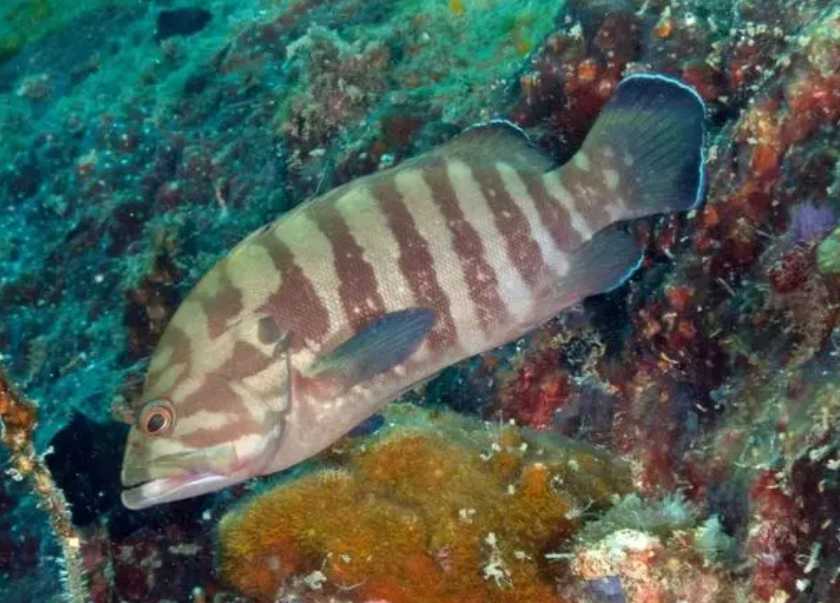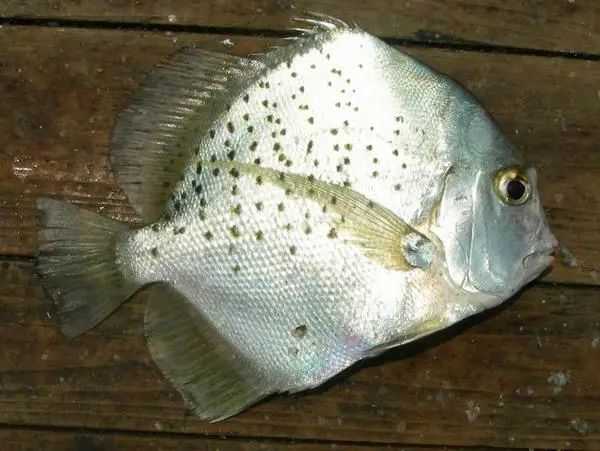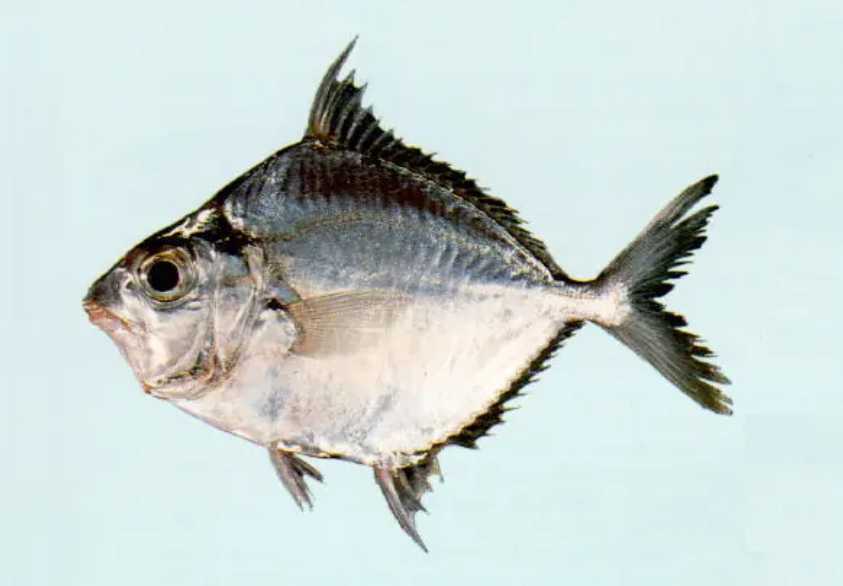Growing up to 35 centimeters in length, Cephalopholis boenak boasts a robust, streamlined body adapted to the dynamic environment of coral reefs. Its dorsal fin features nine sharp spines, a characteristic that aligns with its classification within the genus Cephalopholis. The fish's stripes not only serve as a visual spectacle but also act as camouflage, allowing it to blend seamlessly with the patterns of coral and rock formations. By day, it often lurks in crevices or beneath ledges, emerging at dusk to hunt for small fish, crustaceans, and mollusks, using its acute senses and swift movements to ambush prey.
Despite its adaptability, Cephalopholis boenak faces mounting threats from human activities. Overfishing, driven by its popularity in the aquarium trade and as a food fish, has led to population declines in many areas. Additionally, habitat degradation due to coral bleaching, pollution, and coastal development disrupts its natural ecosystem. Conservation initiatives, including marine protected areas and sustainable fishing practices, aim to safeguard this species. As a vital part of the reef ecosystem, Cephalopholis boenak plays a key role in maintaining biodiversity, highlighting the urgent need to balance human interests with the preservation of these enchanting underwater inhabitants.










